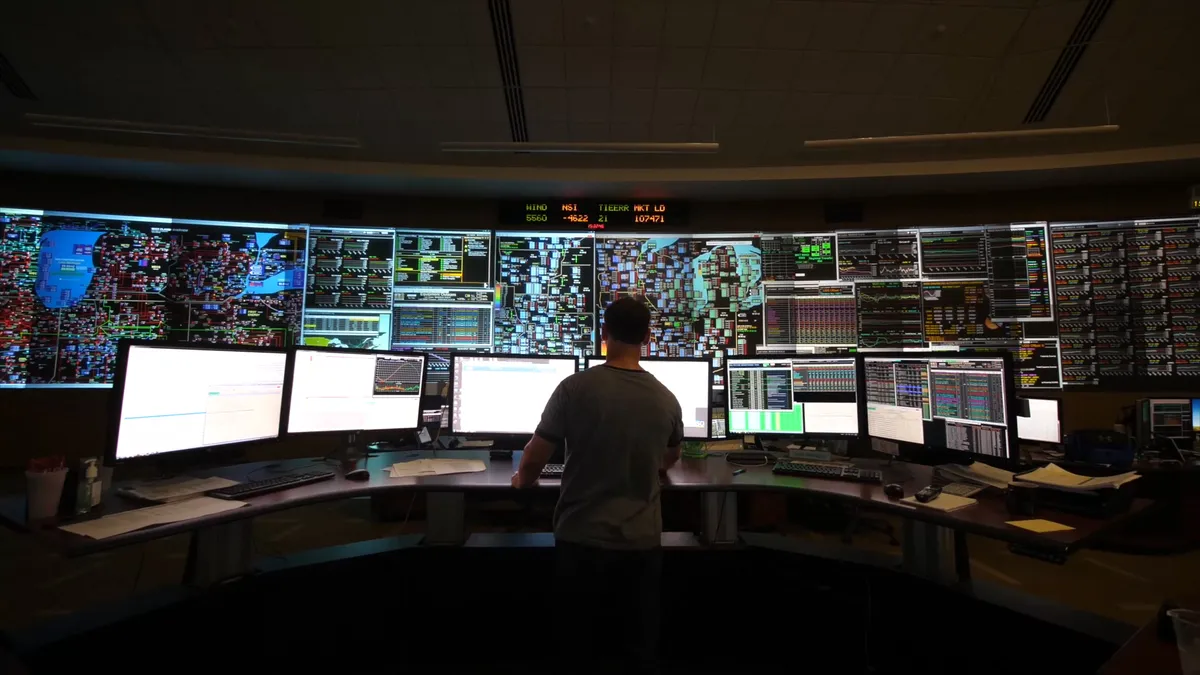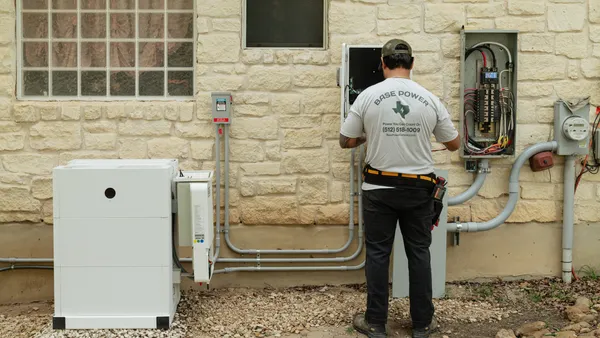Dive Brief:
- A report commissioned by the city of Boston, Carbon Free Boston, lays out steps the city can take to meet its long-term goal of becoming carbon neutral by 2050.
- The report says to meet its goal, Boston must focus on three overarching strategies: deepening energy efficiency while reducing demand, electrifying as much as possible and purchasing 100% clean energy. Specific steps include performing energy retrofits on buildings, implementing a $5 congestion fee for downtown motorists, free or reduced-fare transit and adding electric vehicle infrastructure.
- Carbon Free Boston will influence updates to the city's Climate Action Plan this year.
Dive Insight:
The report, co-authored by the Boston Green Ribbon commission and Boston University, says two-thirds of Boston's GHG emissions come from buildings and the remaining one-third comes from transportation. Becoming carbon neutral will require rethinking how people build, get around and operate within cities.
The report says carbon neutrality is necessary for public health, economic health and social equity. It indicates the impacts of climate change disproportionately fall on the city's vulnerable populations — including children, older populations, low-income residents, people with disabilities, people of color and those with limited English proficiency — an idea that has been corroborated by a number of previous studies.
Carrying out some of the actions will take a lot of work. For example, building more energy-efficient structures is achievable, but carrying out the suggested whole-building energy retrofits on Boston's centuries-old historic buildings is no easy task. Still, the report contends that such actions and investments to reduce carbon emissions would have significant health benefits for Boston residents immediately and in the future.
Many of the strategies involve investments in various types of urban infrastructure like bike lanes, electric trains, battery storage for energy and solar panels on buildings. The report recognizes that some of the investments can be pricey, but others help the environment and have low or zero costs to implement; others can even save money in the long run. For example, it states: "Except for bus electrification, transit is a very expensive way to reduce GHG emissions," but "[i]nvestments in walking and biking have a slightly larger GHG impact and come at a very modest cost."













